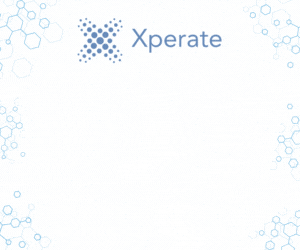Advice to law firms on data transfer from LEAP
Peter Baverstock, CEO of LEAP UK, gives his tips to law firms on how to ensure a smooth and successful transfer of data to a new practice management system
Honesty and realistic expectations throughout the buying process
When making the decision to transfer data to a new practice management system, it is imperative that your new service provider is honest and sets realistic expectations on what they can deliver early on in the buying process.
It is often the case that overzealous sales people promise something they cannot deliver.
The transfer process should be a partnership between the firm and the software provider, requiring time and effort from both parties. For law firms, being briefed and involved in process from the beginning helps to minimise issues that may arise later. Occasionally, unforeseen circumstances can cause the conversion to be delayed, for example: data not being available, a data tidy up not carried out before the conversion and reports not being available to cross check data.
Know your transfer options
The data transfer from one system to another can be completed at many different levels. One end of the scale would encompass perhaps just the static data for live clients and matters, through to the other end of the scale where all data including historic transactions and other ledgers such as a Purchase Ledger would be included. Generally, the options would be:
– Static Data only: This would include static client and matter data with no balances or transactions.
– Static Data and Balances: This would include static client and matter data with top level balances only, but no transactions behind those balances.
– Static Data, Balances and Transactions. This would include static client and matter data, balances and transactions.
– Full Transfer: Includes all static data, balances, transactions, case management and peripheral data across the whole system.
Get prepared
It is important that you familiarise yourself with your data, understanding what is involved with the transfer process and what your obligations are. Preparation is key to a successful data conversion and tidying up data before the process is essential. There will probably be certain choices and decisions to be made, for example:
– Choosing whether to only convert live matters
– Keeping a copy of your old system to access historic data – It is always advisable to keep a copy of your data in a secure location
– Keeping a set of reports – printed or electronic is also a must
You should also check your service contract as data extraction usually falls outside of your service contract terms and conditions so the rates may differ.
Own your data and ensure you are happy at the point of sign off
It is important that you take ownership of your data and that you are au fait with the data transfer process at every stage. Data conversions are resource heavy for both the provider and the firm. Therefore, you should factor in how delays may affect your firm, in terms of scheduling training, re-keying data and availability of resources, such as your IT provider. Advance preparation and data ‘housekeeping’ would minimise this.
Regardless or the type of conversion you opt for, you should always keep a copy of your old data in a secure location. Keeping a copy of your old system, or a single licence to access your historic data is also good practice. It will make scrutinising data far easier when its needed, usually around audit times.

